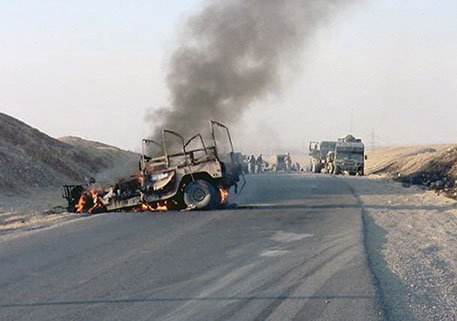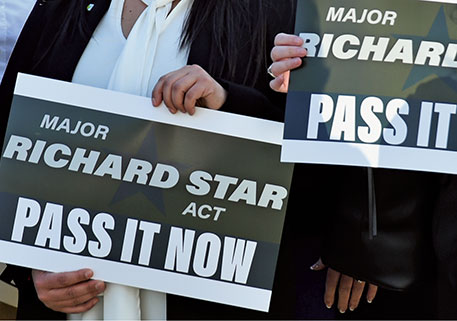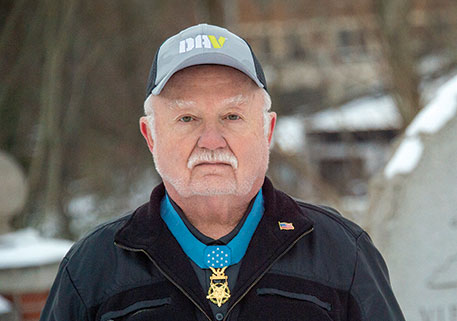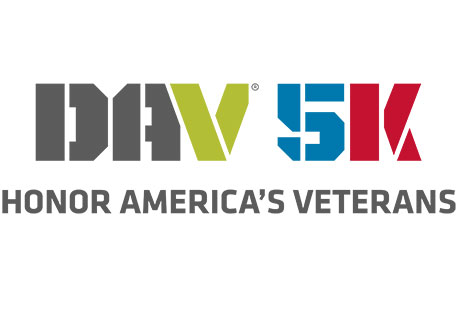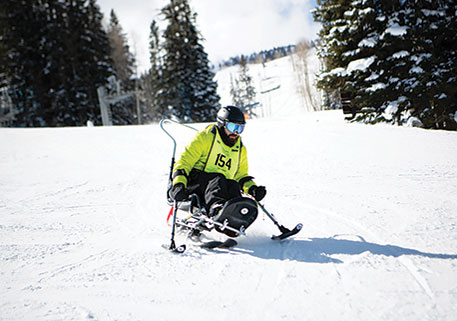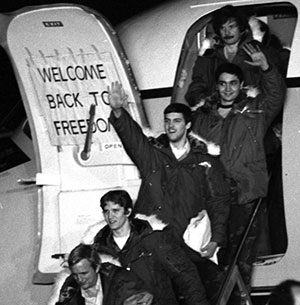
Kevin Hermening was on his way to evening chow in 1978 when a giant banner inviting him to learn about the Marine Security Guard program caught his eye. The life-size cutouts of Marines in dress blue uniforms standing in front of the Eiffel Tower, the Taj Mahal and on the Great Wall of China were enough to sell the young Marine on the special duty.
“One thing that the military does a great job of is recruiting,” he said. “It’s about the image, it’s about patriotism, and it’s about all the things that resonate with those of us who raise our right hand.”
But the Wisconsin native got more than he bargained for when the U.S. Embassy he was assigned to was overrun in 1979.
“That was the biggest group of people I had ever seen in my life descending toward me,” recalled Hermening, a member of DAV Chapter 64 in Wittenberg, Wisconsin. “And I made a beeline for the front door of the main embassy building.”
That was Nov. 4, 1979, when 66 Americans were initially taken hostage. Hermening and 51 others would spend 444 days as prisoners during the Iran hostage crisis, a major international calamity that shattered U.S.-Iran relations and forever changed Hermening’s life.
The seizing of the embassy in Tehran sent shock waves down the spines of Americans everywhere.

Hermening was selected for Marine Security Guard training in mid-1979 and, initially, was assigned to West Germany. However, his dreams of skiing the Alps and driving at lightning-fast speeds on the Autobahn were trounced as the Marine command switched his assignment to Iran.
For the first few months, Hermening loved it there. He dedicated time to studying Farsi, the official language of Iran, and took opportunities to visit the shopping district in the city. Two weeks later, however, the embassy was overrun.
The attack occurred on a cool, drizzly Sunday morning. Hermening was in the main embassy planning a ball for the Marine Corps birthday, just six days away. That’s when he caught wind of a demonstration at the front gate.
“Looking out onto the front grounds, I saw hundreds of Iranians already gathering and thousands more smashing through and eventually opening the front gate,” he said.
The Americans used tear gas to delay the entry for as long as possible.
For over a year, Hermening was at the mercy of his captors. They would wake Americans in the middle of the night, place an unloaded gun to their heads and pull the trigger in a mock execution. Army Col. Charles Scott, chief of the Defense Liaison Office at the embassy, was beaten severely during an interrogation, and three of his teeth were broken off at the gum line—injuries that went untreated until after they were released.
Bill Keough’s health visibly declined while in captivity. The then-superintendent of the American International School in Islamabad, Pakistan, was visiting Tehran to obtain student records when the embassy was seized. A hulking man at 6 feet 9 inches tall, Keough lost 80 pounds before being released. He died in 1985 from Lou Gehrig’s disease.
“We begged the guards all the time as we saw Bill’s health starting to deteriorate,” recalled Hermening. “‘Please bring him to a doctor, bring a doctor in to see him, anything.’ And they never did.
“I’m not saying he would’ve survived [after being released], but frankly, he never had a chance,” he added.
With the crisis stretching into its sixth month, a military attempt to rescue the hostages ended in tragedy. On April 24, 1980, the ill-fated special operations mission saw three of the eight helicopters fail, prompting President Jimmy Carter to cancel the mission. That’s when an American helicopter collided with a C-130, killing eight service members and injuring five. The next day, Carter took full responsibility.
“Our rescue team knew, and I knew, that the operation was certain to be difficult and it was certain to be dangerous,” Carter said in an address to the nation. “We were all convinced that if and when the rescue operation had been commenced that it had an excellent chance of success.”
“They were the real heroes in the hostage crisis,” said Hermening. “The rest of us were just survivors. We were the ones who got to come home.”
All of the hostages were released the day President Ronald Reagan was inaugurated. At the same time, the U.S. unfroze $8 billion in Iranian assets. After 444 arduous days, Hermening and the others were finally freed.
Ironically, Hermening was initially awarded the Defense Meritorious Service Medal, the nation’s highest peacetime military decoration. However, in 2001, he received the Prisoner of War Medal.
“Our nation must ensure we properly recognize and honor the service and sacrifice of veterans like Kevin,” said DAV National Commander Nancy Espinosa. “Although his time in captivity is considered peacetime, the experience he and others went through is anything but. We at DAV are proud to have Kevin within our ranks.”
More than four decades later, Hermening reflects on his catharsis when speaking about his experience.
“I managed to get all the bad stuff out of my system,” he said. “And so that’s a big part of the reason why I adjusted fairly well.”

